Loading a flatbed trailer is not just a simple task that requires casual attention; it demands skill, knowledge, and an understanding of the necessary safety protocols. Whether you’re moving heavy machinery, construction materials, or other large cargo, the manner in which you load your flatbed trailer can greatly impact the efficiency of your transport and the safety of your load. In this exhaustive guide, we will dissect the intricacies involved in this process, ensuring that every aspect is covered to help you optimize your loading strategy and achieve the best possible results.
Understanding Flatbed Trailers
What is a Flatbed Trailer?
A flatbed trailer is an unconfined transport vehicle with a flat, level surface that can accommodate various types of cargo. Unlike enclosed trailers, flatbed trailers allow for easier loading and unloading, especially for heavy or oversized loads. Here are some common uses for flatbed trailers:
| Usage Type | Description |
|---|---|
| Heavy Machinery | Transporting construction or agricultural equipment |
| Building Materials | Carrying lumber, bricks, and other construction supplies |
| Vehicles | Hauling cars, trucks, or other vehicles |
| Industrial Equipment | Moving large machines and tools |
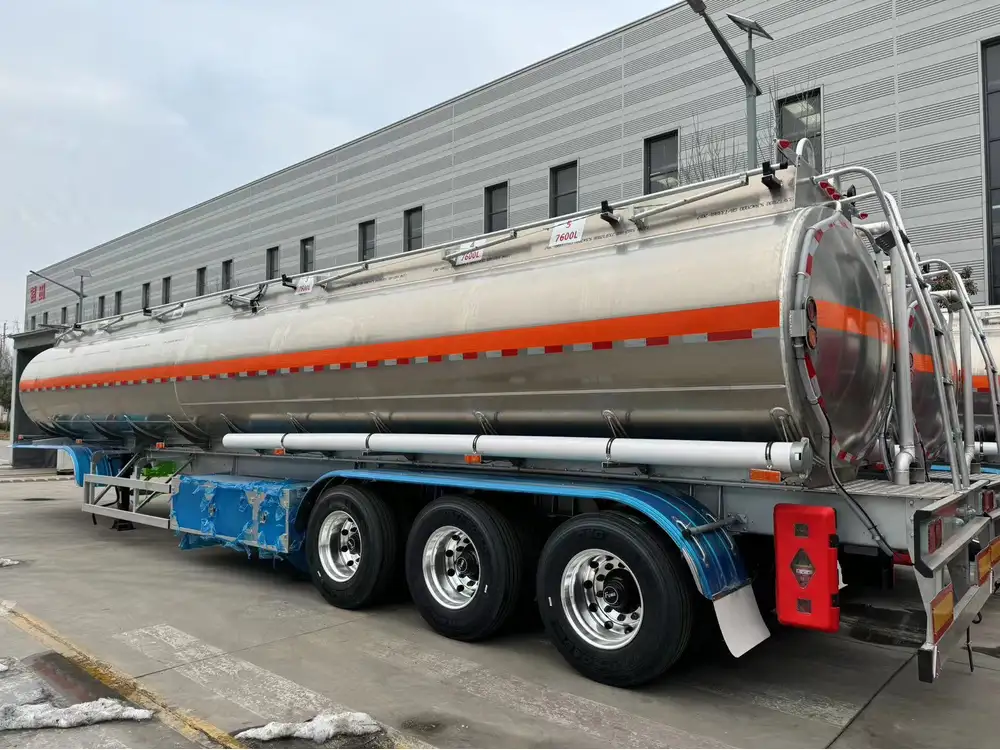
Types of Flatbed Trailers
Diverse types of flatbed trailers cater to varying needs, ensuring that there’s a perfect match for every type of cargo. The primary types include:
- Standard Flatbed Trailers: Most common, suitable for varied loads.
- Step Deck Trailers: Useful for taller cargo, with a lower deck height.
- Extendable Flatbed Trailers: Can be adjusted in length to accommodate longer loads.
- Double Drop Trailers: Designed specifically for very tall loads, allowing for a significant drop in height.
Understanding the nuances of each type will enable you to select the right trailer for your specific loading requirements.
Essential Equipment for Loading a Flatbed Trailer
Before we dive into the loading process, it’s crucial to have the right equipment at your disposal. The following tools will enhance your loading efficiency and safety:
- Loading Ramps: Provide a stable platform for wheeled vehicles.
- Straps and Tie-Downs: Essential for securing your cargo to prevent shifting during transit.
- Winches and Blocks: Useful for heavy lifting and positioning loads.
- Forklifts or Pallet Jacks: Facilitate loading heavy items easily.
- Protective Gear: Safety gloves, helmets, and steel-toed boots help prevent injuries.
Step-by-Step Guide to Loading a Flatbed Trailer
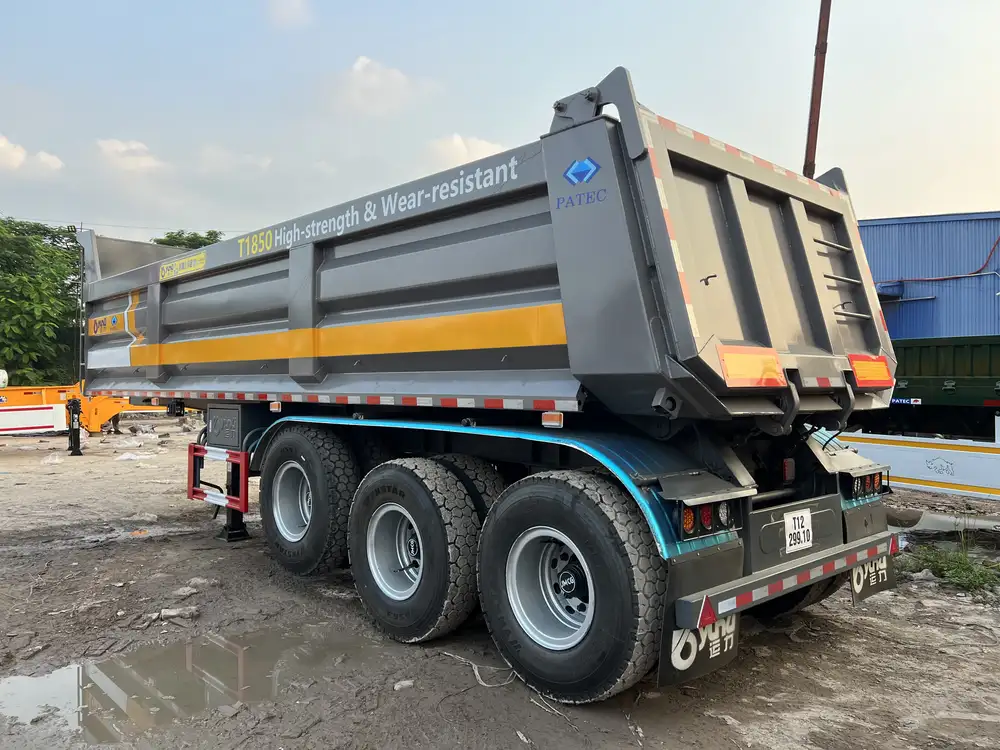
Step 1: Prepare Your Flatbed Trailer
Inspection – Before loading, conduct a thorough inspection of the trailer to ensure all components are functioning correctly. Check for:
- Tire Pressure: Adequate pressure prevents blowouts.
- Brake System: Ensure brakes are fully operational.
- Deck Condition: Look for any damage or weaknesses.
Organize Your Equipment – Position all necessary tools and equipment nearby to streamline the loading process.
Step 2: Assess Your Load
Weight Distribution – Understanding the weight of your cargo is paramount. Overloading a specific area can lead to tipping or straining the transmission. Generally, follow these guidelines:
| Weight Distribution | Ideal Position |
|---|---|
| Evenly Distributed | Standard loading across the trailer |
| Heavier Loads | Position towards the front of the trailer |
| Light Loads | Keep at the back for stability |
Cargo Dimensions – Measure the height, width, and length of your cargo. Ensure that all dimensions comply with state regulations.
Step 3: Plan Your Loading Sequence
A strategic loading sequence can save time and reduce complications. Follow these principles:
- Load Heaviest First: Start with the heaviest items at the bottom to maintain stability.
- Establish a Clear Path: Plan your route to ensure an obstacle-free loading area.
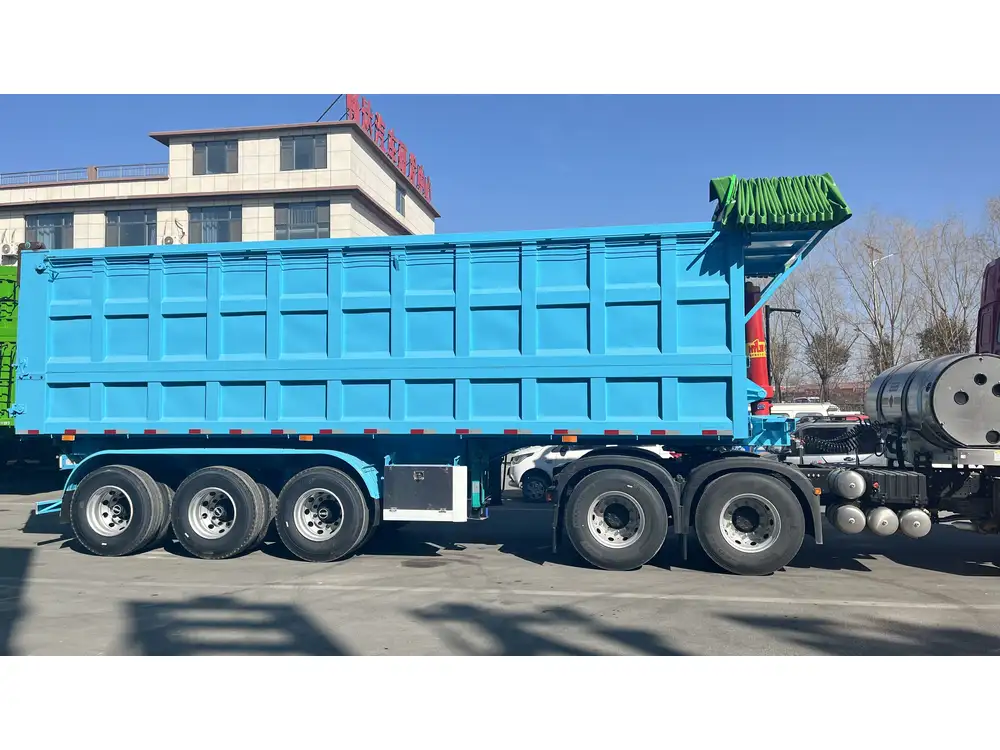
Step 4: Loading Techniques
Using Ramps for Wheeled Loads – If your cargo is wheeled (e.g., vehicles or machinery):
- Align Ramps Properly: Secure the ramps to both the ground and the trailer, using rubber mats to prevent slipping.
- Drive Slowly: Control the speed when driving up the ramps.
- Keep Wheels Straight: This helps distribute weight evenly.
Using Forklifts or Pallet Jacks for Heavy Loads:
- Center the Load: Position the load in the middle of your forks for balance.
- Lift Gradually: Lift the cargo gently and avoid jerking movements.
- Guide the Load: Position it carefully using hand signals or walkie-talkie communication.
Step 5: Securing Your Load
Once loaded, securing your cargo is critical to preventing damage or accidents during transit. Follow these guidelines:
- Use Appropriate Straps: Ratchet straps should be tight enough to prevent movement but not too tight to damage the load.
- Apply Block and Tackle Techniques: When moving machinery, additional blocks may provide necessary stabilization.
- Check for Movement: After securing, perform a gentle shake test to ensure stability.
Step 6: Final Inspection
Before hitting the road, conduct a final inspection. Check for:
- Secured Loads: Ensure nothing is shifting.
- No Overhangs: Make sure nothing extends beyond the trailer unless regulated.
- Visibility: Confirm that signals and lights are working correctly, and your cargo doesn’t obstruct visibility.
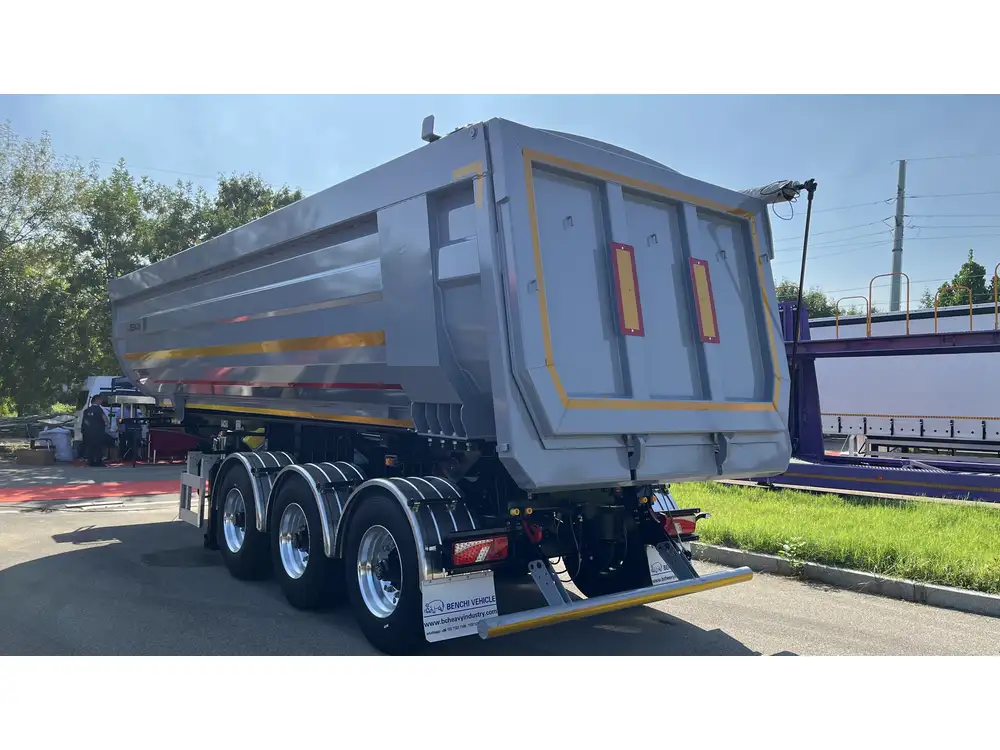
Common Mistakes and How to Avoid Them
Loading a flatbed trailer can be fraught with errors if not approached carefully. Here are some common mistakes and preventive measures:
| Common Mistakes | Suggested Solutions |
|---|---|
| Ignoring Weight Limits | Always check the Gross Vehicle Weight Rating (GVWR) |
| Poor Tie-Down Techniques | Utilize multiple tie-downs across varied points |
| Failing to Obtain Proper Permits | Check local regulations ahead of time |
| Rushing the Loading Process | Take your time to ensure safety and security |
Frequently Asked Questions
What Is the Best Way to Secure a Load?
The best practice is to use a combination of winches, ratchet straps, and chains. Ensure that the tie-downs are tight and positioned over the cargo for optimum stability.
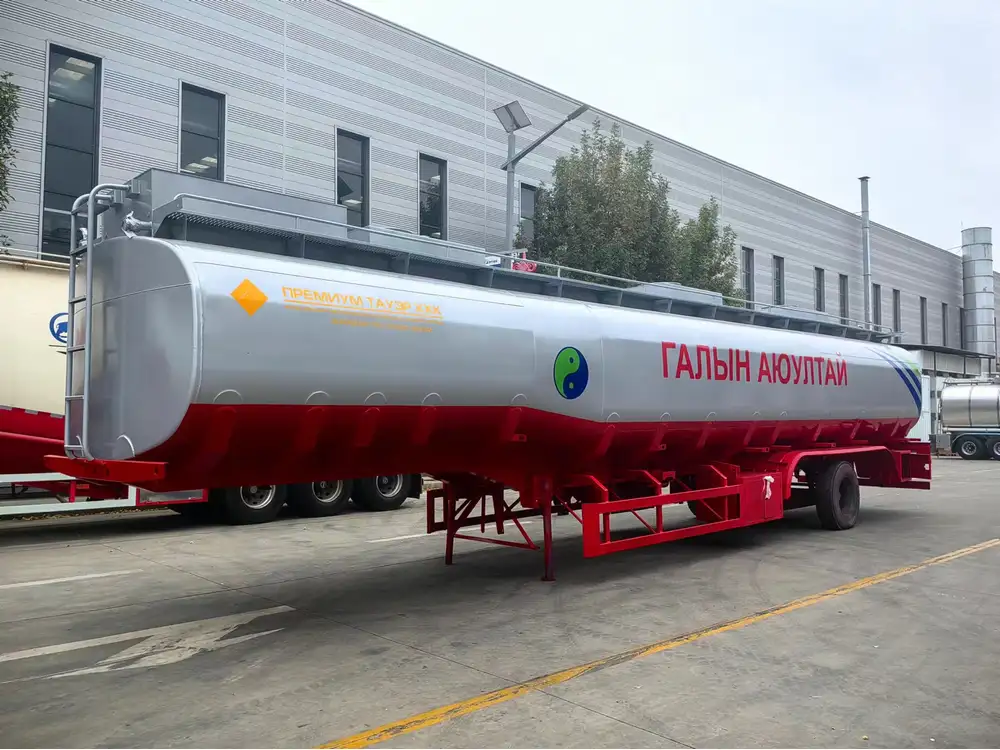
How Do I Know If My Load Is Too Heavy?
Consult the manufacturer’s guidelines for weight limits and compare them with the total load weight you are carrying. If in doubt, err towards caution and consult a professional.
Can I Load Multiple Types of Cargo on a Flatbed?
Yes, but it’s essential to consider weight distribution, height clearance, and secure everything appropriately. Mixing cargo types may require special attention to prevent shifting and damage.
Ensuring Compliance with Legal Requirements
Understanding and adhering to legal regulations regarding loading can save you headaches later on. Always check the following:
- Weight Limits: Adhere to local and state regulations regarding weight limits for trailers.
- Permits for Oversized Loads: If your load exceeds legal dimensions, procure the necessary permits.
- Safety Regulations: Follow all safety protocols to avoid fines and ensure safe transport.

Conclusion
Loading a flatbed trailer is a complex task that calls for careful planning, the right tools, and a comprehensive understanding of safety protocols. By following the outlined steps, taking preventative measures, and employing best practices, you can enhance your loading techniques and mitigate risks. The aim is not just to move your cargo but to do so with peace of mind and efficiency, ensuring that every load is a successful one. Whether you are a seasoned driver or a novice operator, this guide provides you with foundational knowledge and strategies to become proficient in loading flatbed trailers.



